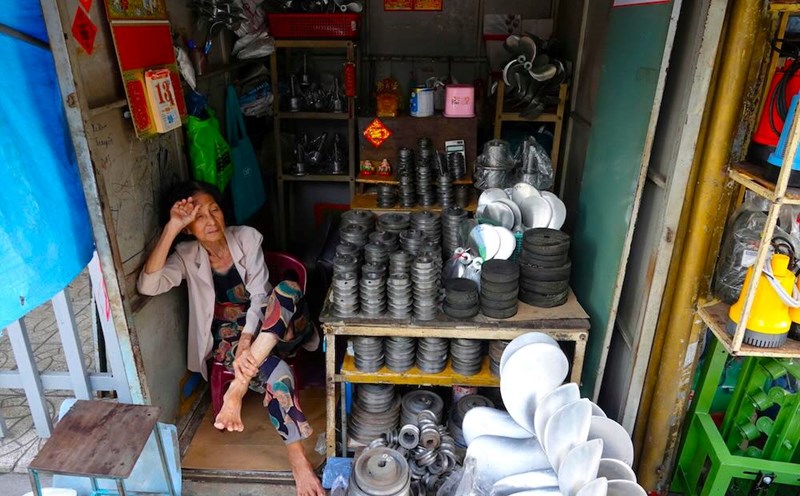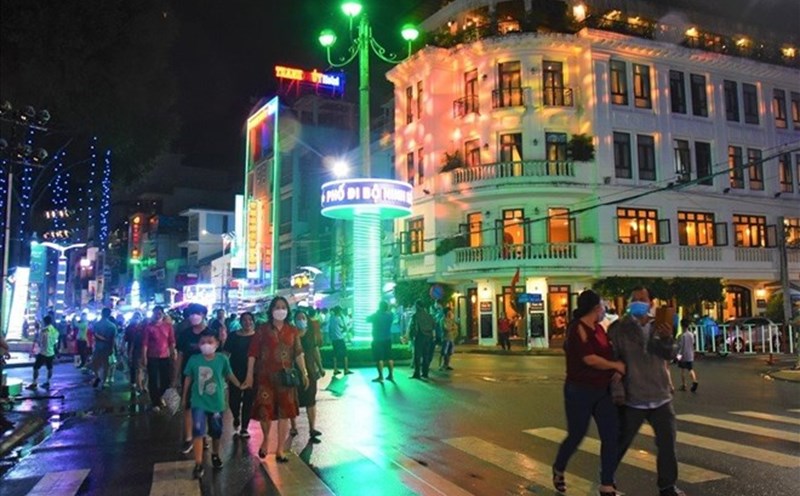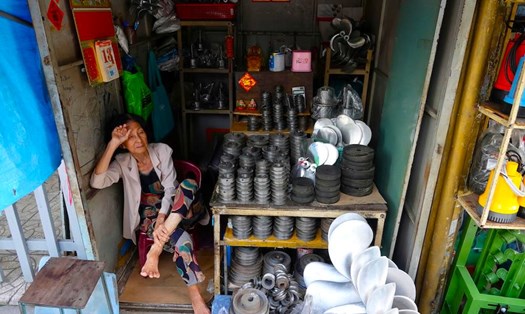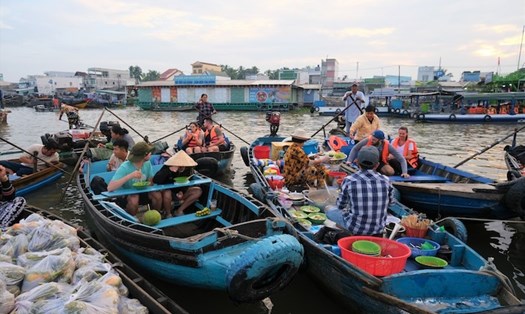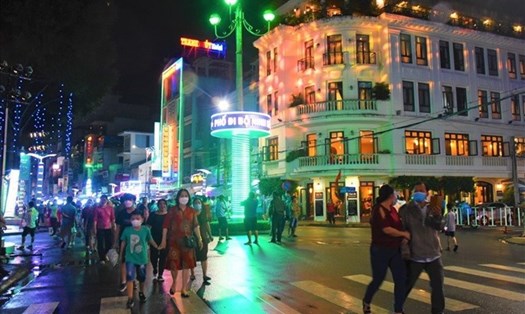According to the People's Committee of Can Tho City, in July 2025, the total number of visitors and tourists to Can Tho City is estimated at 1.359 million, bringing the accumulated number of visitors in the first 7 months of the year to 7.693 million, reaching 72.2% of the annual plan. Of which, the number of overnight guests is estimated at 733,250, the cumulative 7-month increase is 3.486 million, completing 85% of the plan.
Total revenue from tourism activities in July is estimated at VND946 billion, bringing the accumulated 7 months to VND6,396 billion, equivalent to 80% of the 2025 plan.
The merger of Can Tho City opens up inter-regional tourism space, diversifies products, increases attraction and competitiveness. The road traffic system has been significantly improved with National Highway 1A, Nam Song Hau, Phung Hiep Management Road, National Highway 61, 61B and especially the Chau Doc - Can Tho - Soc Trang expressway project expected to be completed in 2026, helping to conveniently connect tourist destinations.
In particular, Can Tho City has the advantage of waterway transportation, creating an ideal river route for tourism development with a chain of islets and islets stretching out to the sea such as Tan Loc Islet, Con Son Islet, Con Au Islet, Phong Nam Islet, My Phuoc Islet and Cu Lao Dung Islet. Planning a suitable tourism space for each island and islet will create unique products, avoiding overlap.
The space for tourism development has been expanded, no longer limited to each individual locality, giving tourists many options. Tourists can easily experience the journey from Ben Ninh Kieu, Cai Rang Floating Market (Can Tho) to ecological gardens (old Hau Giang) and continue to explore spiritual tourism and marine ecology in Vinh Chau, Cu Lao Dung, Tran De (old Soc Trang). This not only prolongs the length of stay and enjoyment of cuisine but also increases tourism revenue.
In particular, tourists only need to go to Can Tho City to experience all types and typical tourism products of the Mekong Delta, increasing tourism competitiveness compared to other provinces in the region.

